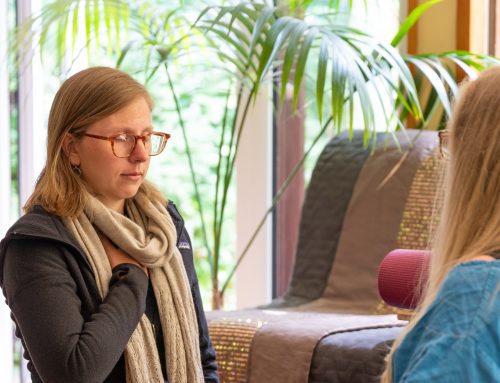As Buddhism grew it spread from India into countries such as Sri Lanka, Burma, Thailand, Cambodia, Koria, Japan and Tibet. With this growth, Buddhism began to separate into two groups – one way for those who wished to become monks and another way for the ordinary person. Both paths were called yanas or rafts – a way of carrying people to enlightenment. The way of the monks became known as Hinayana or Little Raft, but not liking this title, the people of this path changed it to Theravada – The Way of the Elders. Whilst Mahayana – The Big Raft, continued to expand as this was “Buddhism for the people”, that anyone could access. Tibetan Buddhism developed even further creating a third path known as Vajrayana (a form of Mahayana) which incorporated Tibet’s original deities along with the methods brought from India.
It was King Lha-Tho-Ri Nyen-Tsen that introduced Buddhism to Tibet in the eighth century and when it arrived in Tibet from India, it brought with it a Hindu influence and with that the Indian mystical methods of Sutra and Tantra. Tibetans used these methods in their Buddhism but mixed these with their native philosophy known as Bon, a mystical, shamanistic style of worship, which was based around nature. Some of the elements of Bon then became a deep part of Tibetan Buddhism.
Tibetan Buddhism is not just a form of Indian Buddhism with Bon deities incorporated, it follows the Vajrayana path, therefore when Buddhism came into Tibet it kept all the Indian Buddhist methods and integrated them with Tibet’s beliefs in Bon. It then used the Hindu texts and built on them to create the Vajrayana path or “Diamond Vehicle”.
After Buddhism split into Theravada and Mahayana, Theravada continued as it was, but Mahayana divided into a number of different schools. This included the Japanese paths of Tendai and Zen, however in Tibet four main schools developed which continued to be based around the Mahayana doctrines, but included the spiritual philosophy of Bon.
Nyingma – also known as “The Ancient Ones”, is the oldest school in Tibet and can be traced back to the 7th Century.
Kagyu – meaning “Transmitted command” or the “Oral Lineage” this was given this name due to the fact that all the teachings were passed directly from teacher to student without being written down.
Sakya – or “Grey Earth” is named after the famous Sakya monastery built in a unique grey landscape of the Ponpori Hills near Shigatsein in Southern Tibet.
Gelugpa – The “Way of Virtue”, this is the most recent school, becoming popular in the 14th Century.
Je Tsongkarpa, who was greatly influenced by all the different schools in Tibet, founded Gelugpa, so he combined all the teachings to offer a new way of achieving Enlightenment. The primary teachings of the Gelugpa School are Lamrim, or the “Stages of the Path”, these are methods of achieving enlightenment through meditation, purity and monastic life.
My own journey with Zen and Tibetan Buddhist Meditation follows the Mahayana path – The Big Raft – Buddhism for the people – so it is for everyone. You can bring these methods into your life and start to build a deeper understanding of yourself. They offer practical methods of self-reflection, contemplation, compassion, kindness and taking care of yourself. By practicing methods from both Zen and Tibetan Buddhist paths we can find a deeper meaning, we can find our true selves.





